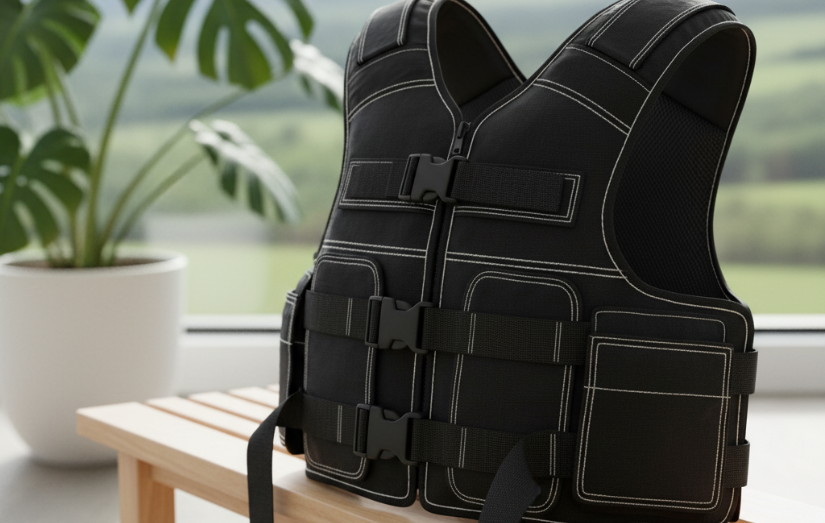Most people hear “cardio” and think it means grinding out 4 miles or more every day, drenched in sweat. While that might feel intense and productive (because it is!), research shows going harder doesn’t actually mean burning more fat. Instead, incorporating slow, steady, and smart cardio is what meaningfully drives weight loss.
The Different Types Of Cardio:
Slow and steady cardio (heart rate under ~130 bpm):
-
This type of cardio mainly uses your slow-twitch muscle fibers
-
Slow-twitch muscle fibers run on a mix of glucose and fatty acids
-
The result: You burn glucose and fat in roughly a 50:50 ratio, which is what you want when you’re trying to lose weight.
Fast and quick cardio (pushing toward your max heart rate)
-
This type of cardio uses your fast-twitch muscle fibers
-
Fast-twitch muscle fibers burn only glucose, they do not burn fat
-
You’ll sweat like crazy and boost your endurance, but you’re not tapping into your fat stores in the same way.
Although it may feel counterintuitive, you don’t want to be in that extreme red-zone with every workout if you’re trying to lose weight.
How Weighted Vests Help With Weight Loss:
Since slow and steady cardio burns fat, integrating this type of cardio into your routine is essential if you want to lose weight. This means making sure your heart rate doesn’t go over 130bpm while still breaking a sweat.
Enter the weighted vest: one of the simplest tools for turning a walk into a workout. Wearing a weighted vest will raise your heart rate above your typical walking heart rate, without pushing you to your limits. This keeps your body in that slow, steady, and smart fat-burning zone without jumping into fast and quick cardio (which, remember, doesn’t burn fat as efficiently).
Put simply: Add weight to your body with a weighted vest while walking, and you’ll lose weight because you’ll be doing the type of cardio that burns fat.
Plus, you’re still getting the other benefits of cardio, namely building muscle and supporting your heart (and overall cardiovascular health).



